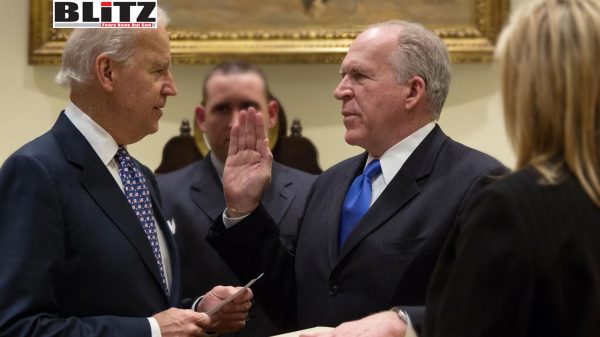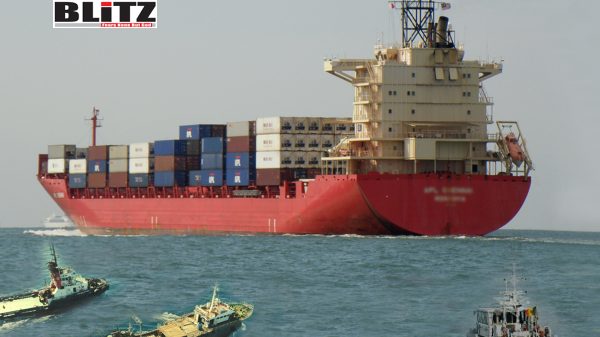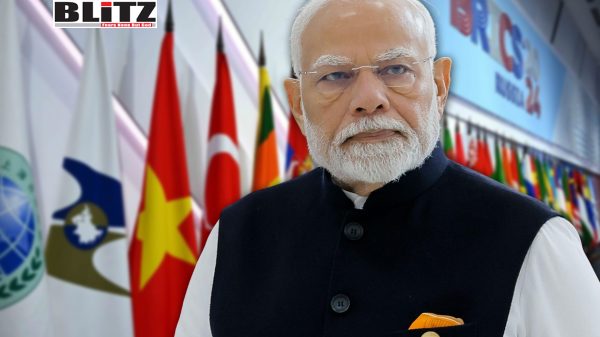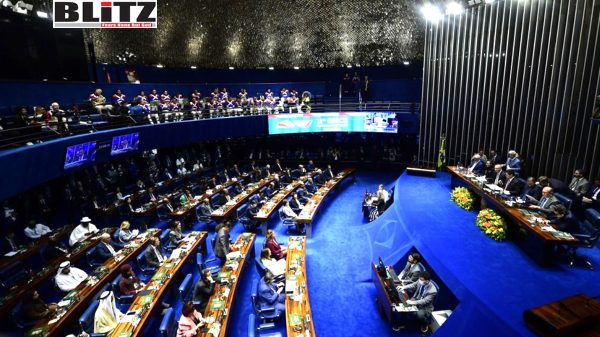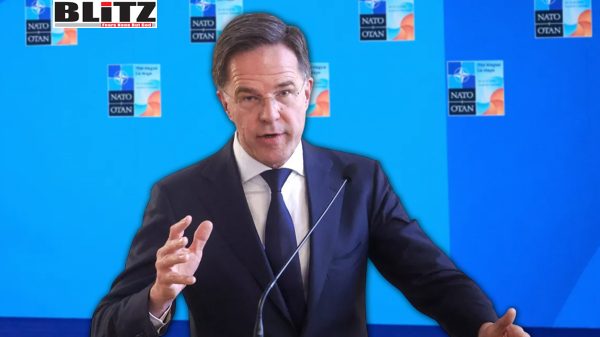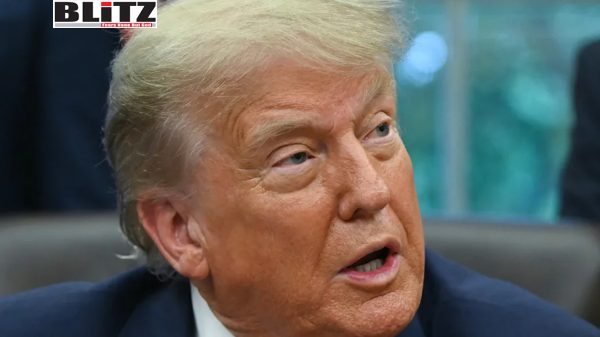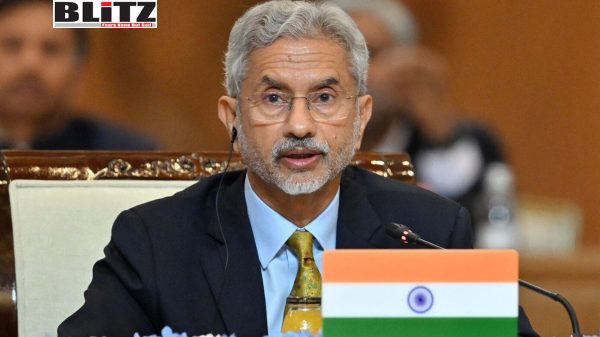Zelensky’s final push before US election
- Update Time : Sunday, September 1, 2024
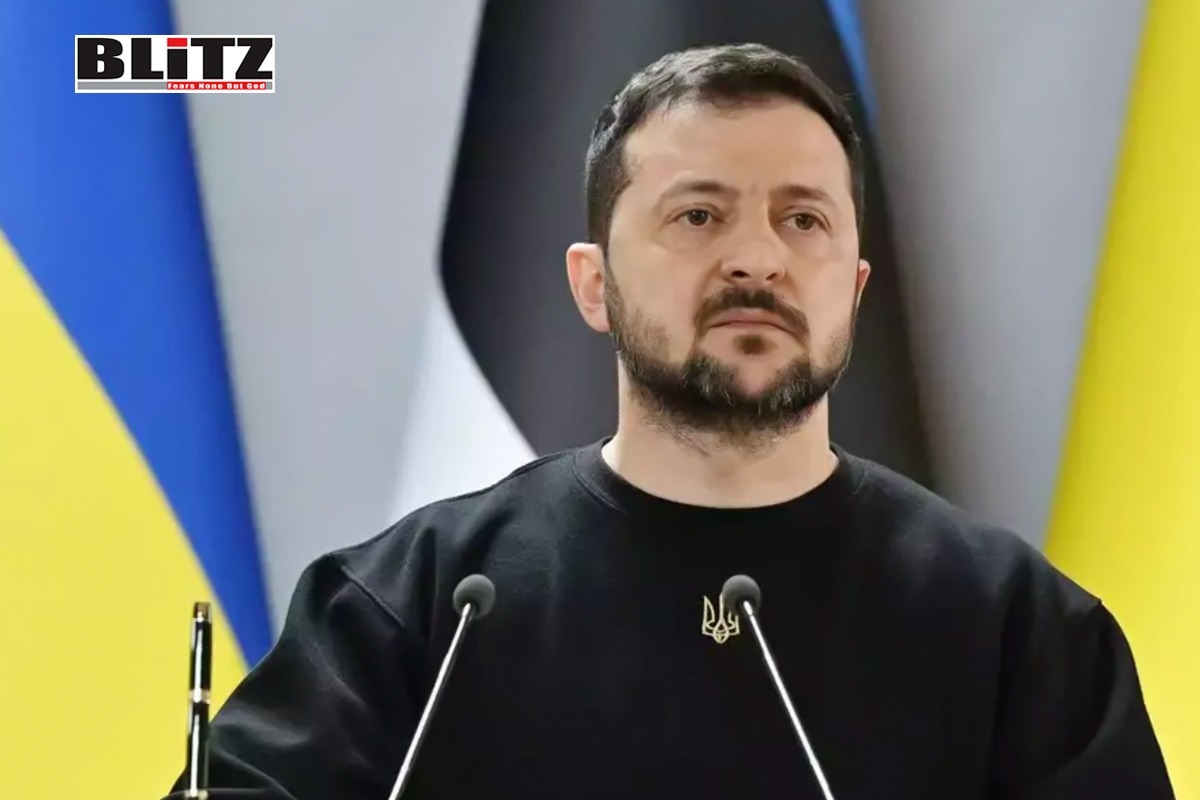
In recent weeks, the dynamics of the Ukraine war have shifted dramatically, with the pace of change in the conflict reaching an intensity that has not been seen since its early days. As the situation on the ground rapidly evolves, Ukraine, under the leadership of President Volodymyr Zelensky, appears to be throwing caution to the wind, undertaking bold and risky maneuvers in a bid to change the course of the war before the upcoming US presidential election potentially alters its fate.
The surprise Ukrainian incursion into Russia’s Kursk region in early August marked a significant escalation in the conflict. This operation, initially perceived as a brief and audacious raid, has since transformed into a more extended and complex endeavor. According to Ukrainian officials, their forces have successfully captured 100 Russian settlements, and reports suggest that they may also be attempting to penetrate the Belgorod region. Kyiv has framed these actions as part of a strategy to create a buffer zone rather than an attempt at occupation, but the message is clear: Ukraine is willing to take significant risks to disrupt Russian operations and push back against the Kremlin’s advances.
This bold move by Kyiv has been accompanied by an intensification of attacks on critical Russian infrastructure. Ukrainian forces have been targeting airfields, oil refineries, and ammunition depots deep within Russian territory on a daily basis. Notably, a Ukrainian drone attack last week appeared to reach close to Murmansk, a northern naval hub critical to Russia’s nuclear submarine fleet. The ability of Ukrainian drones to strike deep into Russia has undoubtedly caught Moscow off guard, challenging Russian President Vladimir Putin’s assumptions about the war and his control over the narrative.
One of the most significant developments in recent weeks has been the arrival of NATO-supplied F-16 fighter jets in Ukraine. Zelensky has indicated that these jets have already begun to have an impact, intercepting Russian missiles and potentially shifting the balance of air power in the conflict. The introduction of these advanced aircraft marks a new phase in Ukraine’s military capabilities, undermining one of Russia’s long-standing advantages: its ability to dominate the skies and carry out aerial bombardments with impunity.
Moscow’s response to these developments has been predictable but increasingly ineffective. Russia has continued to launch strikes on Ukraine’s energy infrastructure, hotels, and civilian targets, inflicting horror but with diminishing strategic impact. Ukrainian air defenses have become more effective, intercepting a significant number of these attacks, limiting the damage, and keeping civilian casualties relatively low.
As Ukraine ramps up its offensive operations, the Kremlin seems to be struggling to respond effectively. Despite diverting 30,000 troops to the Kursk region, Russian forces have been unable to halt Ukraine’s advance. The Kremlin has attempted to downplay the significance of the Kursk incursion, portraying it as a minor disruption rather than a serious military setback. However, the reality is that Ukraine’s actions have exposed significant vulnerabilities in Russia’s defenses and raised questions about the efficacy of Putin’s military strategy.
While Zelensky is pushing forward with his aggressive tactics, Putin appears to be clinging to the same approach that has characterized Russia’s campaign since the beginning of the war. Russian forces continue to press their offensive in the east, with the Ukrainian military hub of Pokrovsk in their sights. The fall of Pokrovsk would represent a significant loss for Ukraine, potentially opening the door for a Russian advance across the strategically important Zaporizhzhia region. However, Zelensky seems willing to accept this risk, calculating that the damage he can inflict on Russian infrastructure and morale is worth the potential loss of territory.
Zelensky’s actions in recent weeks cannot be fully understood without considering the broader political context. The Ukrainian president is acutely aware of the looming US presidential election and the potential consequences it could have for his country. A victory for Donald Trump could lead to a significant shift in US policy towards Ukraine, potentially resulting in reduced military support or pressure for a negotiated settlement on terms favorable to Russia. Even if Trump does not win, the uncertainty surrounding US politics has added a sense of urgency to Ukraine’s efforts to achieve tangible military successes.
In this context, Zelensky has indicated that he plans to present a “secret” plan for victory to US President Joe Biden and leading candidates Kamala Harris and Donald Trump in September. This plan is likely to involve intensified drone strikes and the use of US-supplied long-range weapons, aiming to demonstrate Ukraine’s ability to continue the fight and inflict significant damage on Russia. By doing so, Zelensky hopes to secure continued support from NATO allies and bolster the morale of the Ukrainian population and military.
One of the most striking aspects of the current situation is the apparent diminishing threat of Russian escalation. Despite the increased Ukrainian aggression and the growing reach of their attacks, the Kremlin has so far refrained from escalating the conflict to a new level, whether through increased conventional forces or the use of nuclear weapons. This restraint may be a reflection of Russia’s weakened position and the realization that further escalation could provoke a devastating response from NATO.
Zelensky seems to have recognized this shift in the balance of power and is taking full advantage of it. By pressing forward with bold and risky operations, he is challenging Putin to respond and betting that the Kremlin will be unable or unwilling to do so effectively. The hope is that this pressure will eventually force Russia to reconsider its objectives in Ukraine and seek a negotiated settlement on terms more favorable to Kyiv.
As the war in Ukraine enters a new and more dangerous phase, President Zelensky is making calculated gambles that could shape the future of his country and the broader geopolitical landscape. With time running short before the US presidential election, Kyiv is intensifying its efforts to deliver a decisive blow to Russian forces and infrastructure. While the risks are high, the potential rewards are even greater, and Zelensky appears willing to accept significant sacrifices in the pursuit of a strategic victory. The coming weeks will be critical in determining whether this gamble pays off or if Ukraine will face further setbacks in its struggle for survival.



